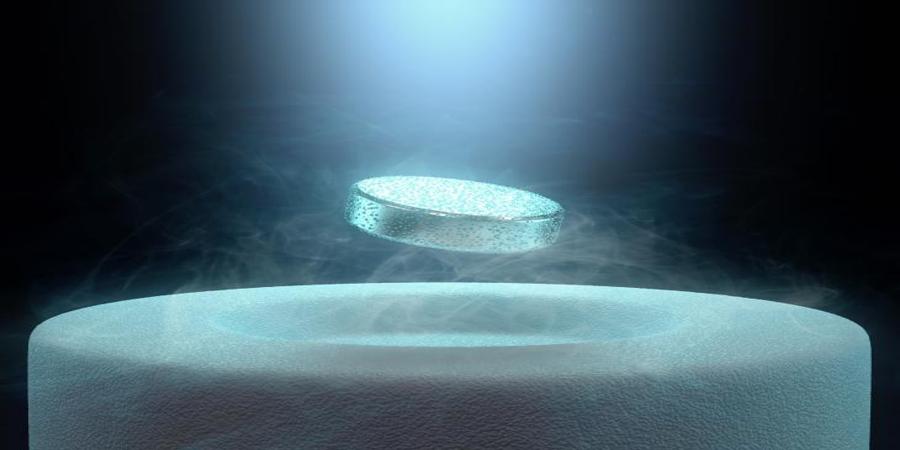It’s been a fun few weeks.
The internet — and more than a few scientists — got their hopes up a couple weeks ago when a team of physicists from South Korea announced that they had created a room-temperature superconductor from a slew of common yet unlikely materials.
LK-99, as they called the material, could be made from things like lead, phosphorus and copper, and the procedure didn’t even require particularly exotic equipment.
Claims of discovering a room-temperature superconductor have almost become a cliché in the physics and materials science spaces at this point. (How many clichés can you count in this article?) LK-99 is the second high-profile claim of room-temperature superconductivity this year, and we’re not even halfway through August!
As candidate superconductors go, the team behind LK-99 was really thinking outside the box. Lead isn’t typically on the short list of materials that researchers in the field turn to. Still, hope springs eternal, which is probably why the internet got all fired up when reports surfaced of an unusual paper on the arXiv preprint server.
Why even care about room-temperature superconductors? Superconductors have two properties that make them attractive: They repel magnetic fields, and they exhibit zero resistance to electric current.
There’s a hitch, though: Today’s superconducting materials have to be chilled well below freezing before they do anything special. A room-temperature superconductor would eliminate the need for cooling equipment and the electricity required to power it.
Without the costly overhead that other superconductors require, room-temp versions would solve a number of challenges. They would bring down the cost of MRI machines, lower the barrier to fusion power, and speed the development and construction of maglev trains, among other things. That is exactly why certain corners of the internet got all hot and bothered about LK-99.
Source @TechCrunch



